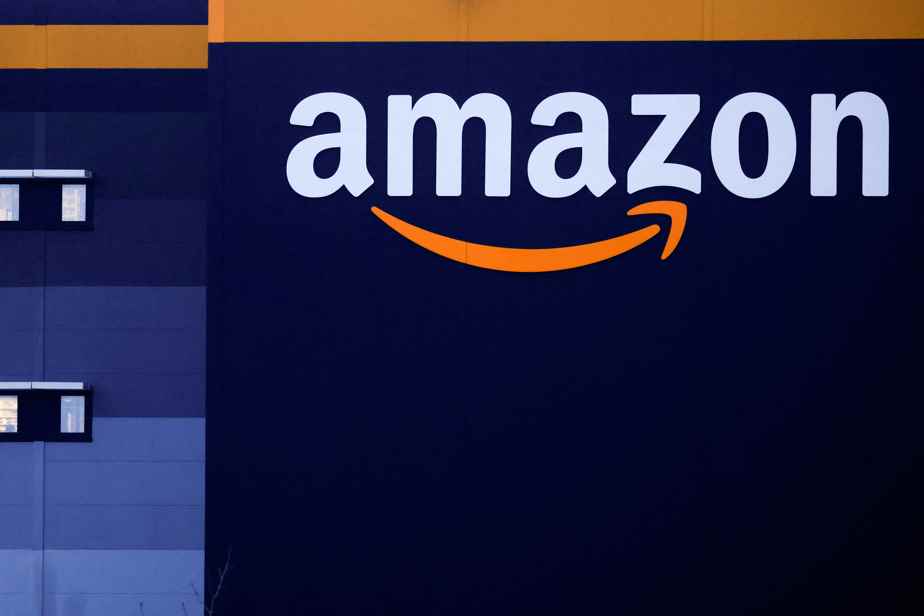(San Francisco) Amazon made more than $121 billion in revenue in the second quarter, up 7%, despite an unfavorable comparison with last year and a difficult economic environment.
Posted yesterday at 4:57 p.m.
The e-commerce giant’s stock jumped more than 10% in electronic trading after the close of trading, after many disappointing performances from other tech companies.
The American group, however, recorded a net loss of 2 billion dollars because of a loss on investment of 3.9 billion in the manufacturer of electric cars Rivian.
“Despite inflation driving up the price of fuel, energy and transportation, we are making progress on more controllable costs […]in particular by improving the productivity of our network of sorting and logistics centers, ”said Andy Jassy, the boss of Amazon, quoted in a press release.
Amazon did not disappoint on the cloud computing side either: its AWS service, the world leader in this market, earned 19.55 billion in revenue, a result that exceeded analysts’ expectations.
But for the current quarter, Amazon expects operating profit – a key indicator of profitability – of between 0 and 3.5 billion dollars, instead of 4.9 billion last year at the same period.
The Seattle-based company is suffering from “reduced consumer spending and rising costs,” says Insider Intelligence analyst Andrew Lipsman.
In a few months, the economic environment of the technology giants has deteriorated radically.
The health crisis and confinements have led to an explosion of online habits, from consumption to work and entertainment. The digital transition continues – most platforms are gaining new users – but at a slower pace, comparable to that before the COVID-19 pandemic.
Added to this phenomenon are numerous macroeconomic constraints, starting with inflation and difficulties linked to the supply chain.
The second largest employer in the United States behind Walmart had 1.6 million employees at the end of 2021, more than double compared to 2019.
But since the spring, Amazon has “gone from an understaffed situation to an overstaffed situation,” noted Brian Olsavsky, the group’s chief financial officer.
After struggling to recruit, the platform therefore decided to slow down the pace of hiring, like Google, Microsoft and Snap.
